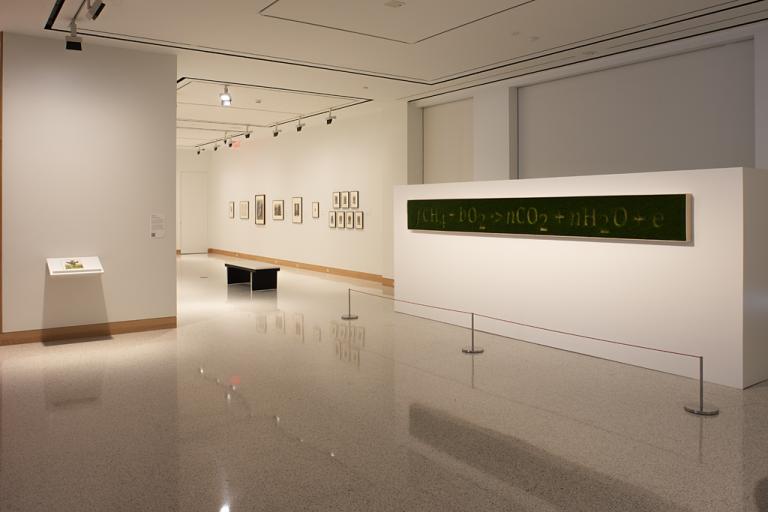Plate XXX Castor Oil Plant with Ricini Longwing Butterfly, Maria Sibylla Merian
Artwork Overview

Maria Sibylla Merian, artist
1647–1717
Plate XXX Castor Oil Plant with Ricini Longwing Butterfly,
1771
Portfolio/Series title: Histoire générale des insectes de Surinam et de toute l’Europe, contenant leurs descriptions, leurs figures, leurs differentes metamorphoses, de même que les descriptions des plantes, fleurs & fruits, dont ils se nourissent ... par Mademoiselle Marie Sybille de Merian, en deux parties in-folio
Where object was made: Europe
Material/technique: book
Credit line: Kenneth Spencer Research Library, University of Kansas, Department of Special Collections, H25; Courtesy of Special Collections, Kenneth Spencer Research Library, University of Kansas Libraries
Accession number: EL2018.008.b
Not on display
If you wish to reproduce this image, please submit an image request

